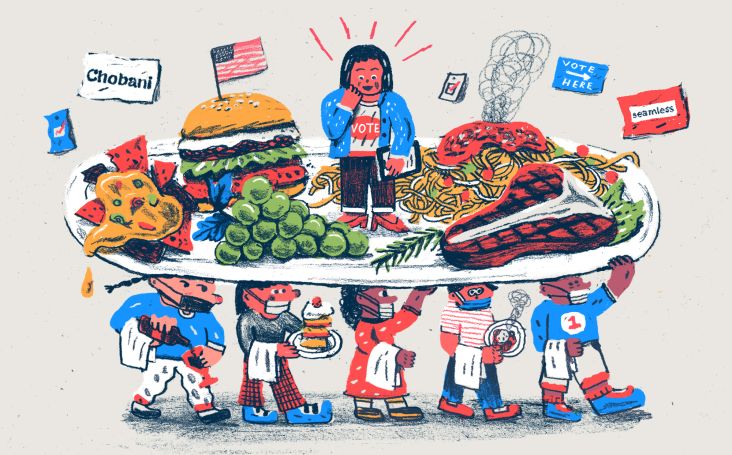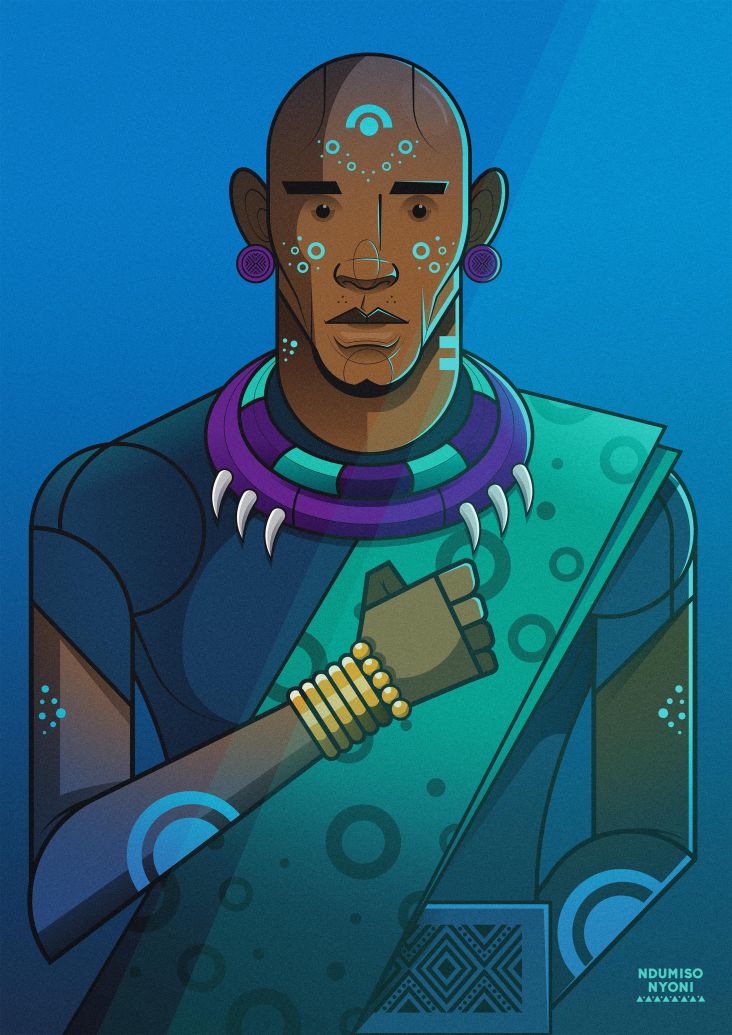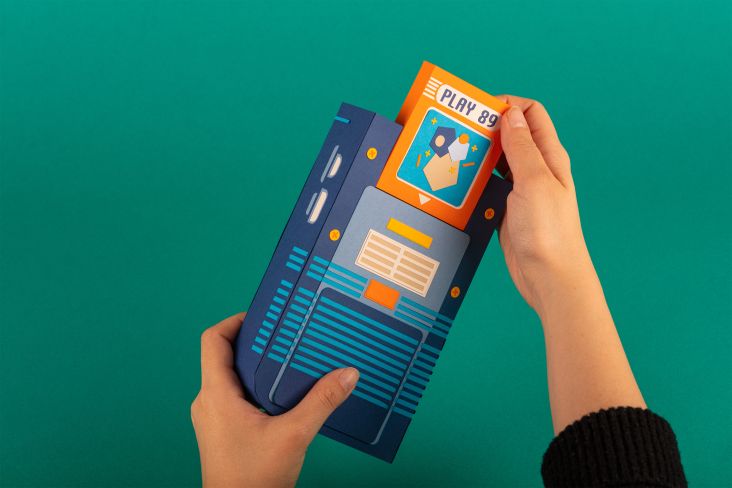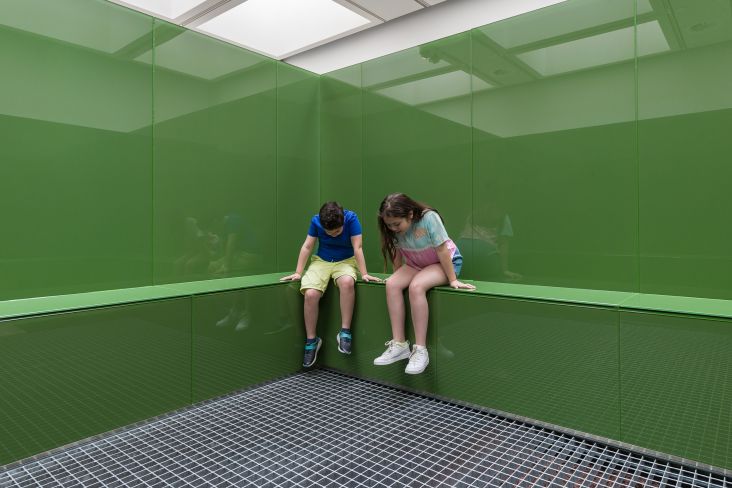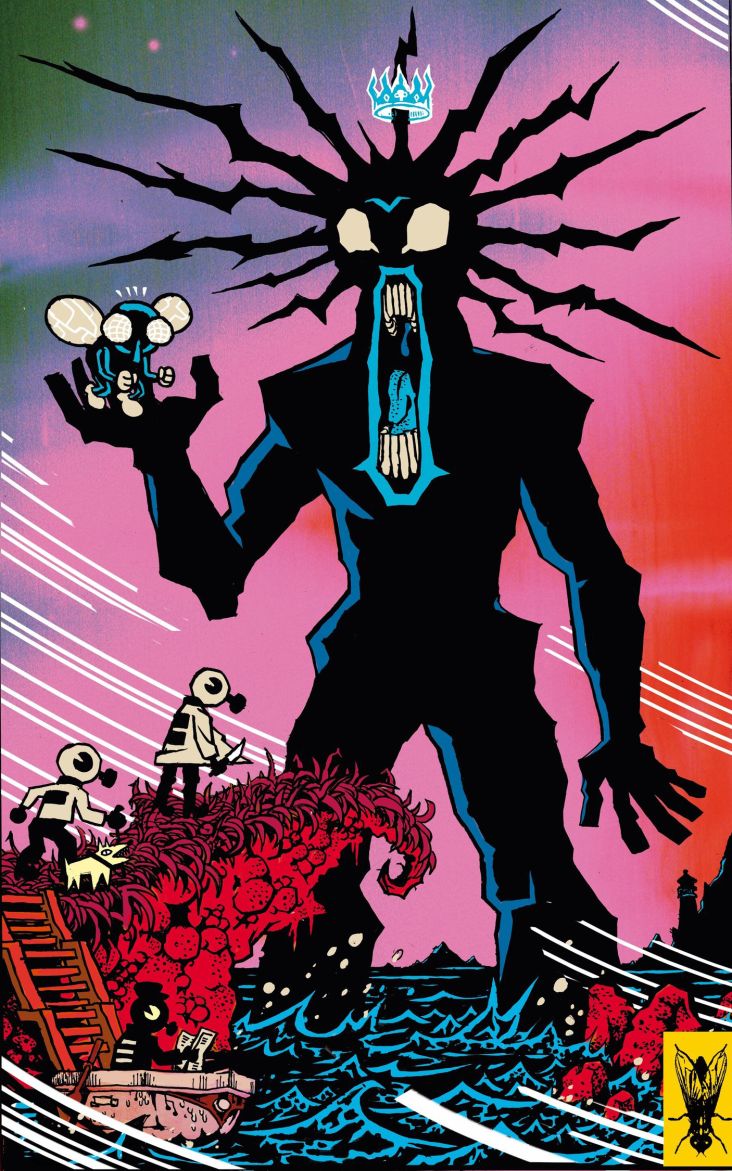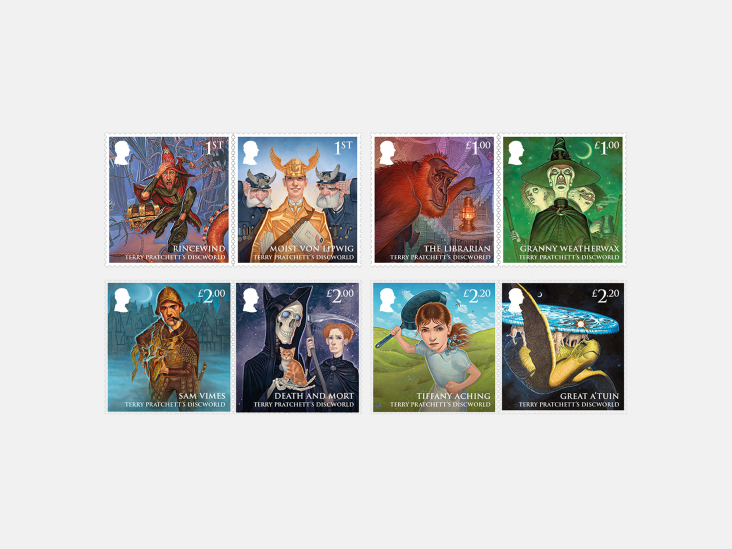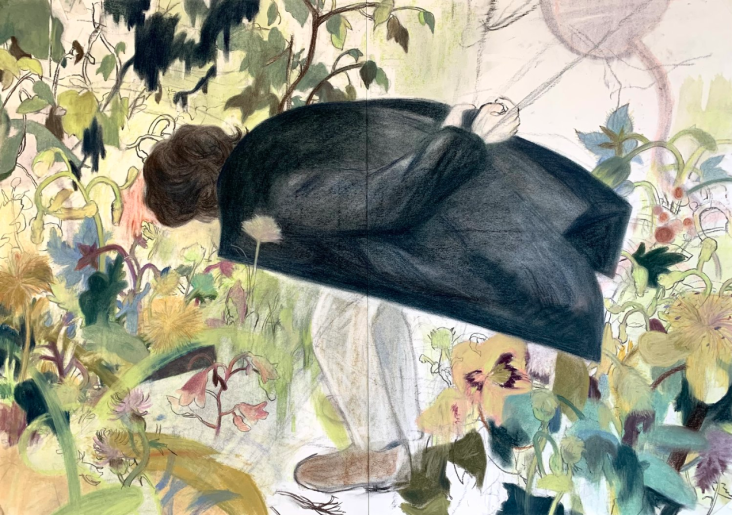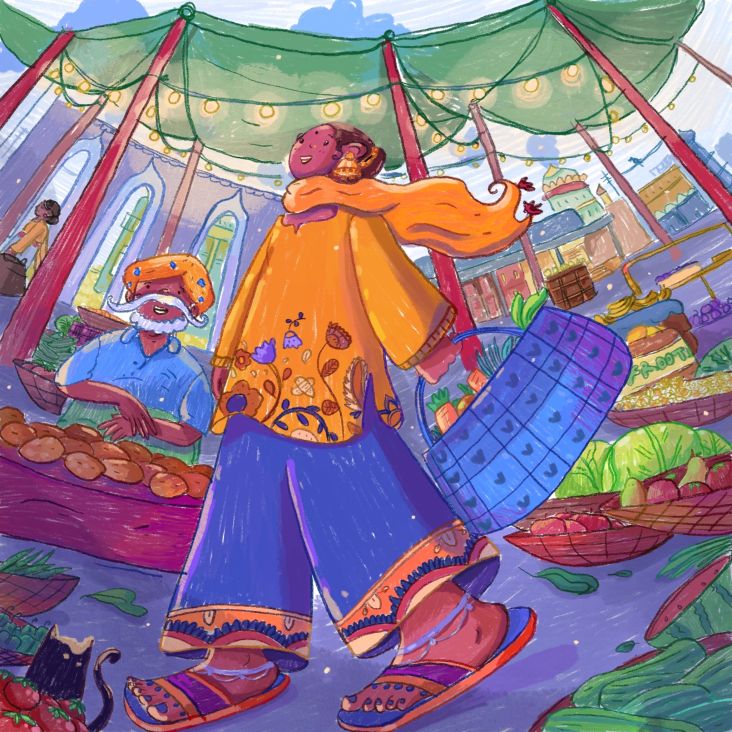Sophie Green on self-doubt, battling procrastination and growing as a creative
Award-winning fine artist and conservationist Sophie Green has built a reputation for her hyper-realistic paintings. Her new collection, Commodities, sees a change in approach and style – and brings new challenges. We sat down to discuss the creative process and overcoming self-sabotage.
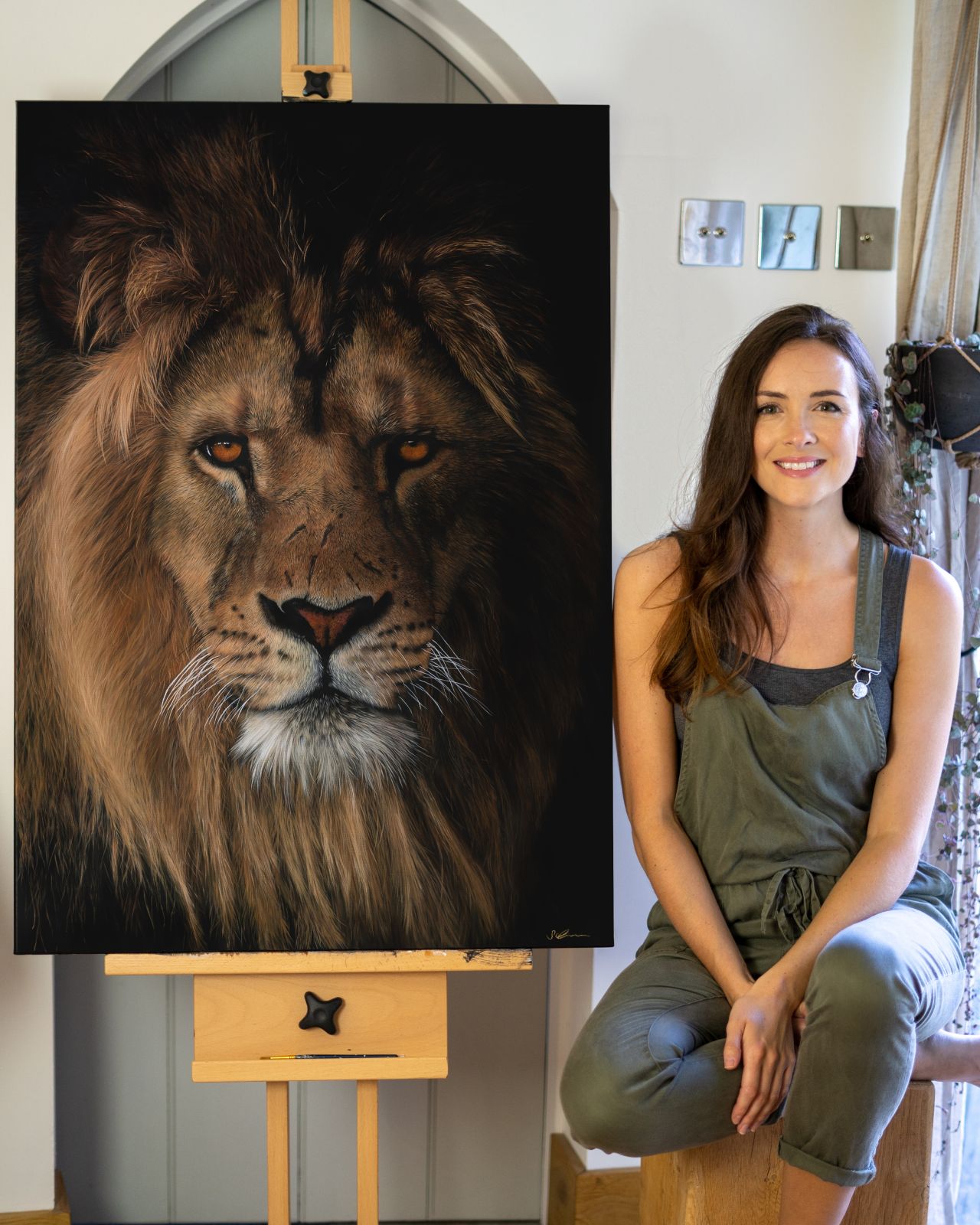
After graduating from the University of Brighton with a first-class bachelor of Arts, Sophie initially pursued a career in film and television before returning to art in 2018. As a keen environmentalist and conservationist, her work has helped raise vital funds for conservation and wildlife causes worldwide.
Career highlights include showcasing work at the 2021 United Nations Climate Change Conference, receiving the medal of excellence from the Artists for Conservation Foundation, and co-hosting the 2022 and 2023 Wildlife Artist of the Year Awards. She has also been highly commended in awards, including the BBC Wildlife People's Choice Award, Wildlife Artist of the Year, VAO International Emerging Artist, and the Ashurst Emerging Artist Prize.
Sophie shares some of the challenges of working as a full-time artist, seeking inspiration from other creative outlets, and raising awareness for conservation.
With your pieces taking between one to two months, do you find there's a gradual progression or more of an 'Aha!' moment when the piece really comes together?
Each piece is different, but there's usually an initial rush of inspiration and excitement that comes with the start of a new piece, followed by some moments where I absolutely hate it (everything's a disaster, should I even be an artist? Etc etc.). Occasionally, some moments of apathy follow, where I drag my heels and procrastinate. Then finally (hopefully), towards the end of a piece, it all starts to come together and the excitement returns.
Due to the nature of my work, I often have to take a break while creating a painting to travel out to the field and capture the wildlife I paint or visit conservation projects. Stepping away from a painting for a few weeks can be useful for me, and I usually return with a clearer head. However, this means that paintings can take longer to complete than I'd like!
As an artist known for your hyper-realistic paintings, how do you balance finessing fine detail and completing a piece?
As artists, we're our own harshest critics, so putting the paintbrush down and declaring that a piece is complete can be difficult. However, when you're a full-time creative and have bills to pay, exhibitions to organise, and collections to produce, it becomes necessary to give yourself deadlines.
The phrase 'done is better than perfect' can definitely apply here. As a hyper-realistic painter, I kind of want my paintings to be both done and perfect, though. Over the years, I've realised that if I can simultaneously get as close to perfect and as close to my deadline as possible, then I'll be happy. If I finish a piece and hate it, I stick it in a dark corner and pretend it doesn't exist for a few months, then come back later and decide whether to salvage it or start again.
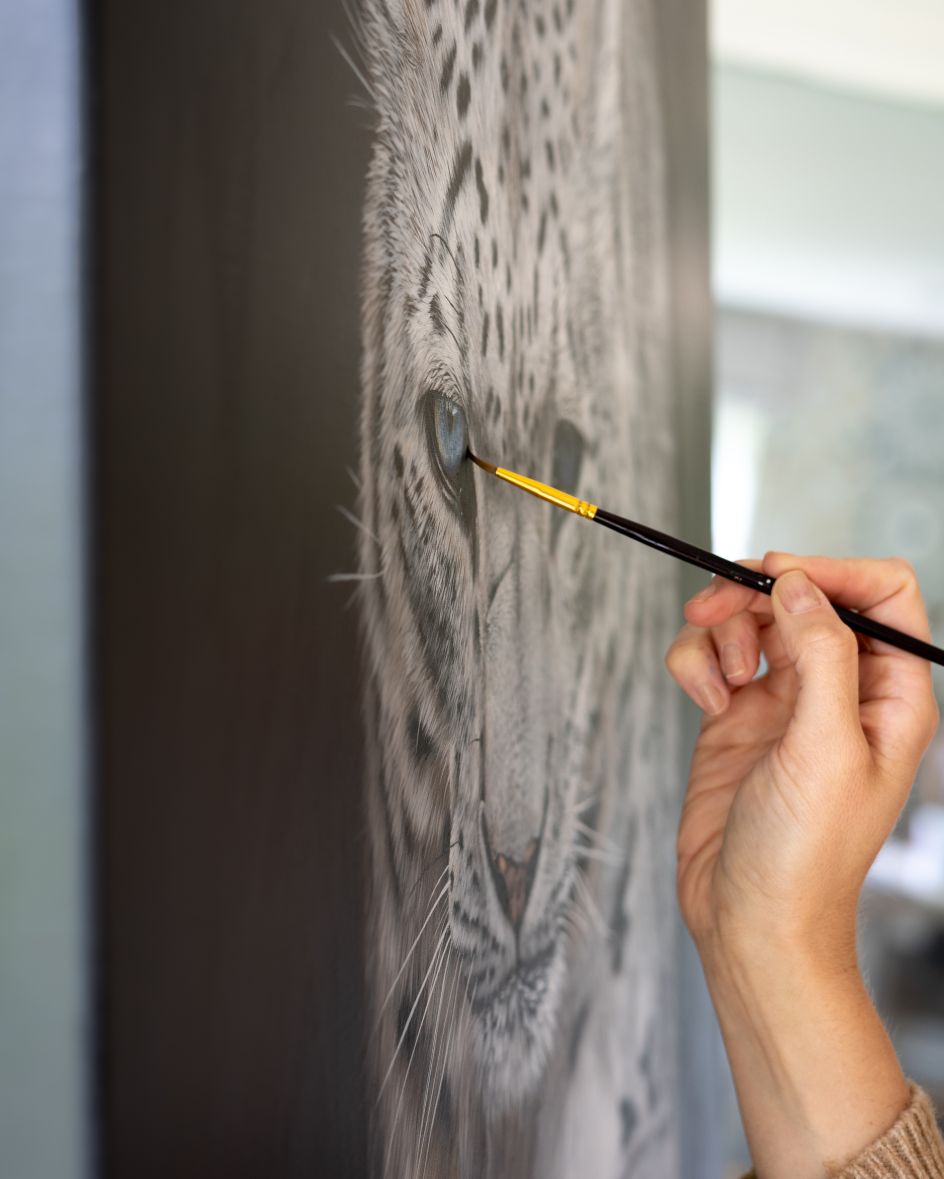
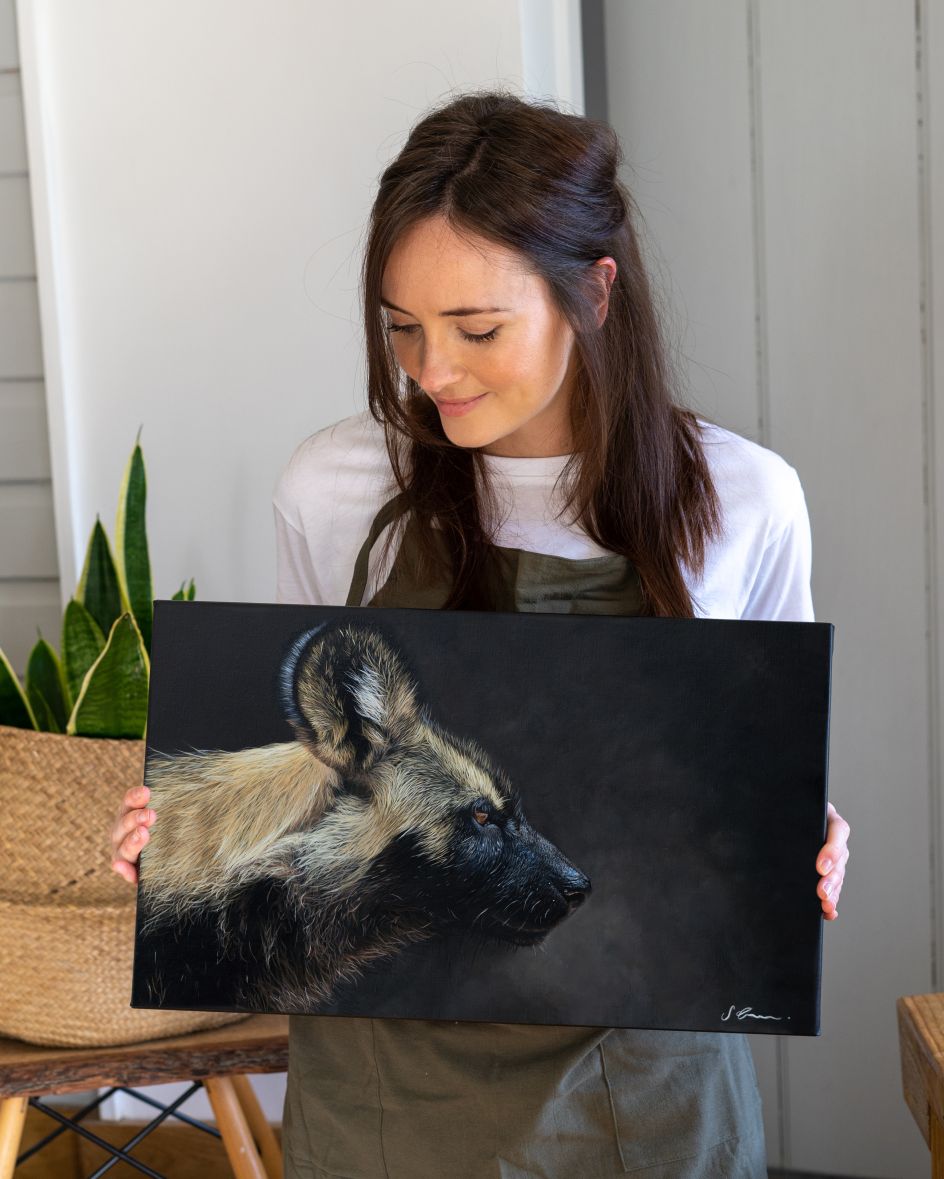
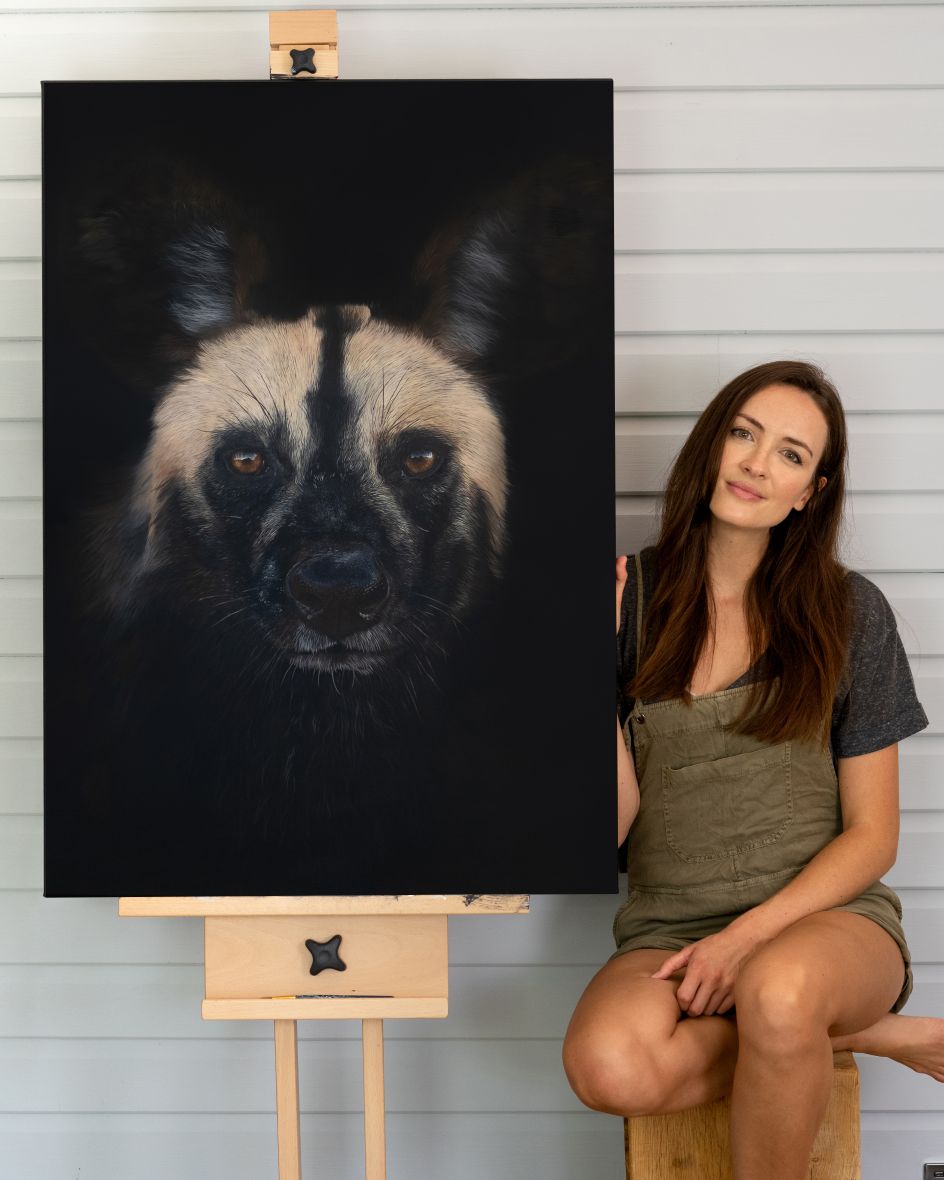
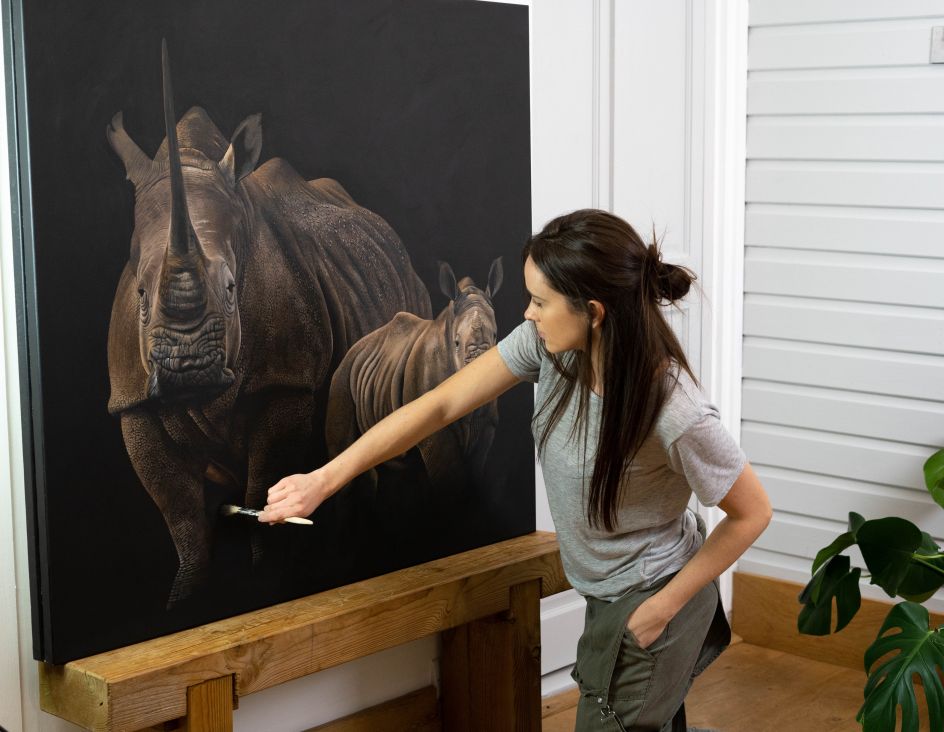
You mentioned battling self-sabotage since starting your new collection. How does it usually show up for you?
For me, self-sabotage almost always manifests as holding myself back and hiding away, which is ironic, as the first piece in the Commodities collection is a chimpanzee hiding its face – I've come to see it as a bit of a self-portrait lately.
In my experience, self-sabotage as a creative is almost always fear-based; fear of failure, rejection, and even success. This new collection is so out of my comfort zone regarding technical skill, composition, and concept – and I have been so nervous about releasing it into the world – I put off even starting it for about six months. I would procrastinate, change my mind repeatedly, put off sending important emails, etc.
When I initially thought of the concept in the summer of 2022, I was excited and inspired and had high hopes for the collection. Naturally, I started to question my own judgement (as well as that of my friends, who told me it was a great idea) and started worrying that people wouldn't 'get it'. I'd talk to people in my industry about it apologetically, like "sorry for having such a terrible idea and also sorry for existing".
Then, something amazing happened. I was chatting to somebody at a charity event and tentatively brought up the idea of my next collection. He immediately started challenging the concept, doubting that anybody would understand it, trying to convince me that I should stick to my usual style. Instead of feeling deflated, I staunchly defended the idea, even enjoying his hostile reaction; I wanted to evoke emotion, anger and upset with this collection, and that's exactly what was happening. The curse of procrastination was broken, and I started the first piece in the collection the next day.
Working from a home studio, I'm sure you've had to contend with procrastination. What strategies have you found effective in overcoming it?
Having a set schedule (or not having one) has been my biggest challenge as an artist. I constantly battle with working too much (because I live in my workspace and work in my living space) or feeling guilty that I'm not working enough (because being my own boss allows me to wake up late and scroll on my phone all day long if I wish).
Firstly, it has been crucial for me to learn to distinguish between when I'm procrastinating out of fear and when I'm giving myself the downtime that I need in order to be productive. When I think of a task I need to complete (like painting a commission, sending an important email, or packaging up a painting), my body will always tell me how I feel about that task before my brain can catch up. That feeling of dread, boredom, apathy, excitement, gratitude, whatever it is, will give you an idea of whether you're procrastinating because you're on the fence about doing something.
When combating procrastination, I can't share any tricks of the trade except to just get started. Sometimes it physically hurts me to start something that I don't want to (like there are ants in my pants), and I need to go out for a long walk in nature to expend that energy. But once I start, everything will flow. And guess what? You always feel SO much better after completing what you've secretly been putting off. I always find it useful to do the smaller/quicker jobs first to get the momentum going.
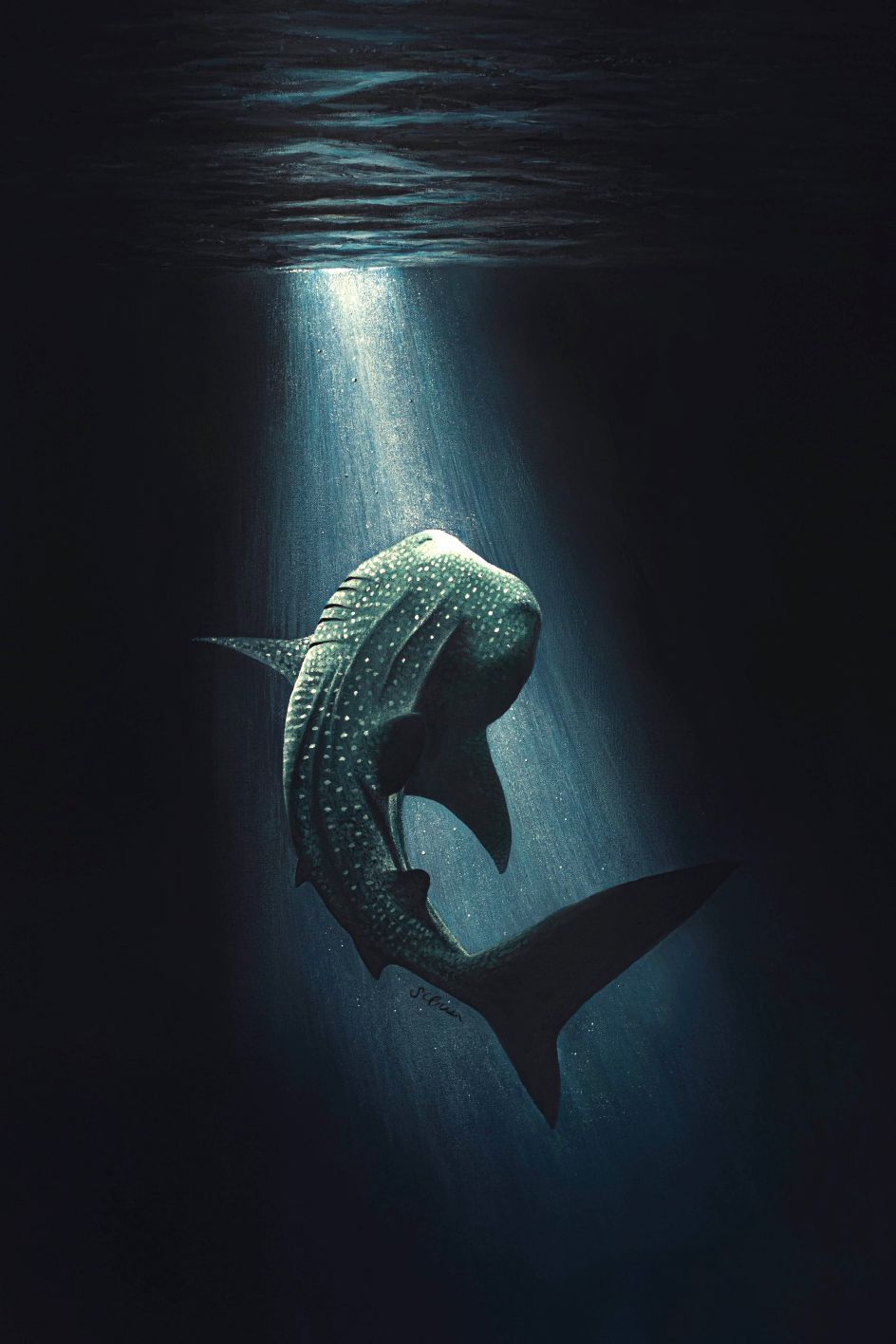
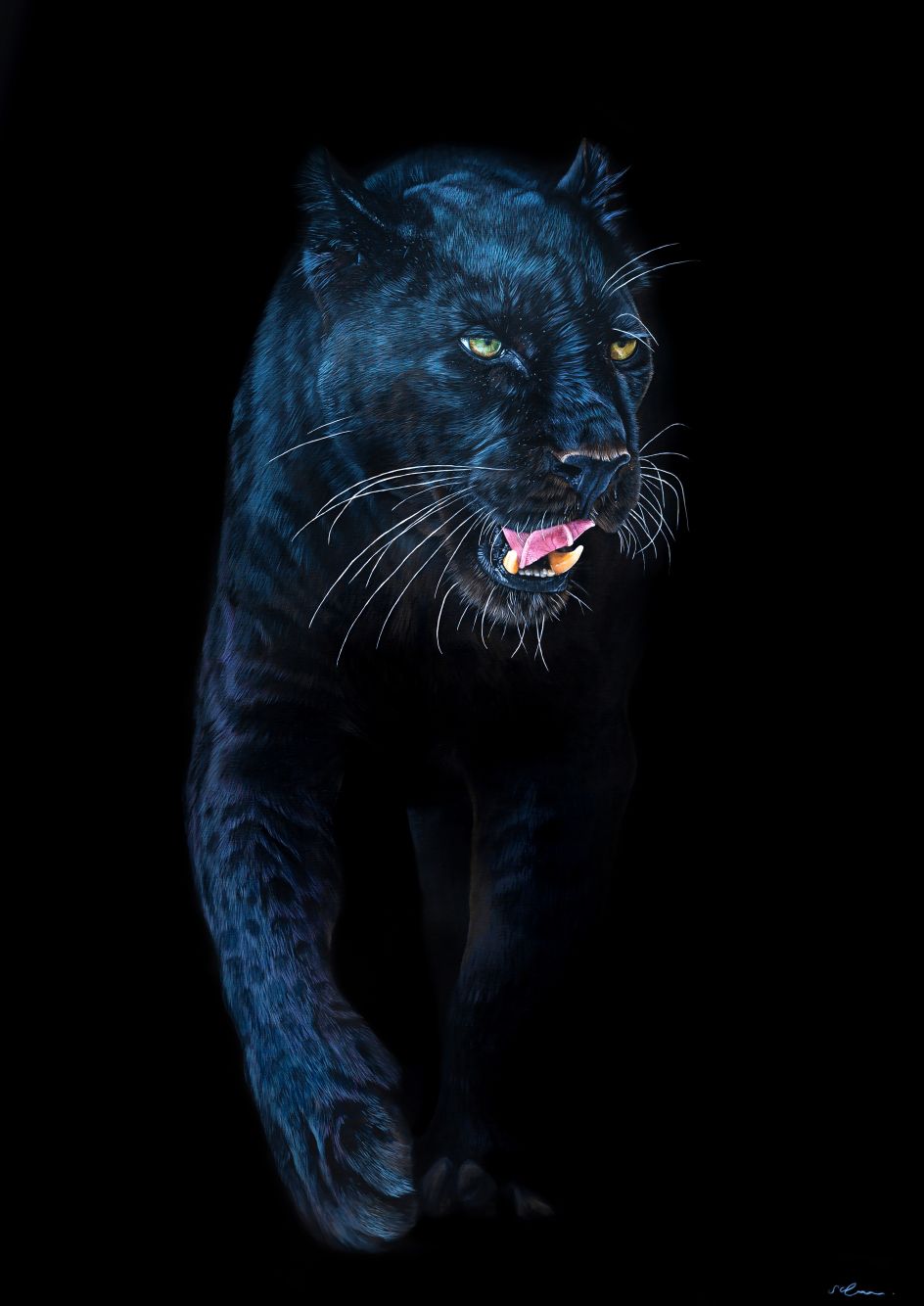
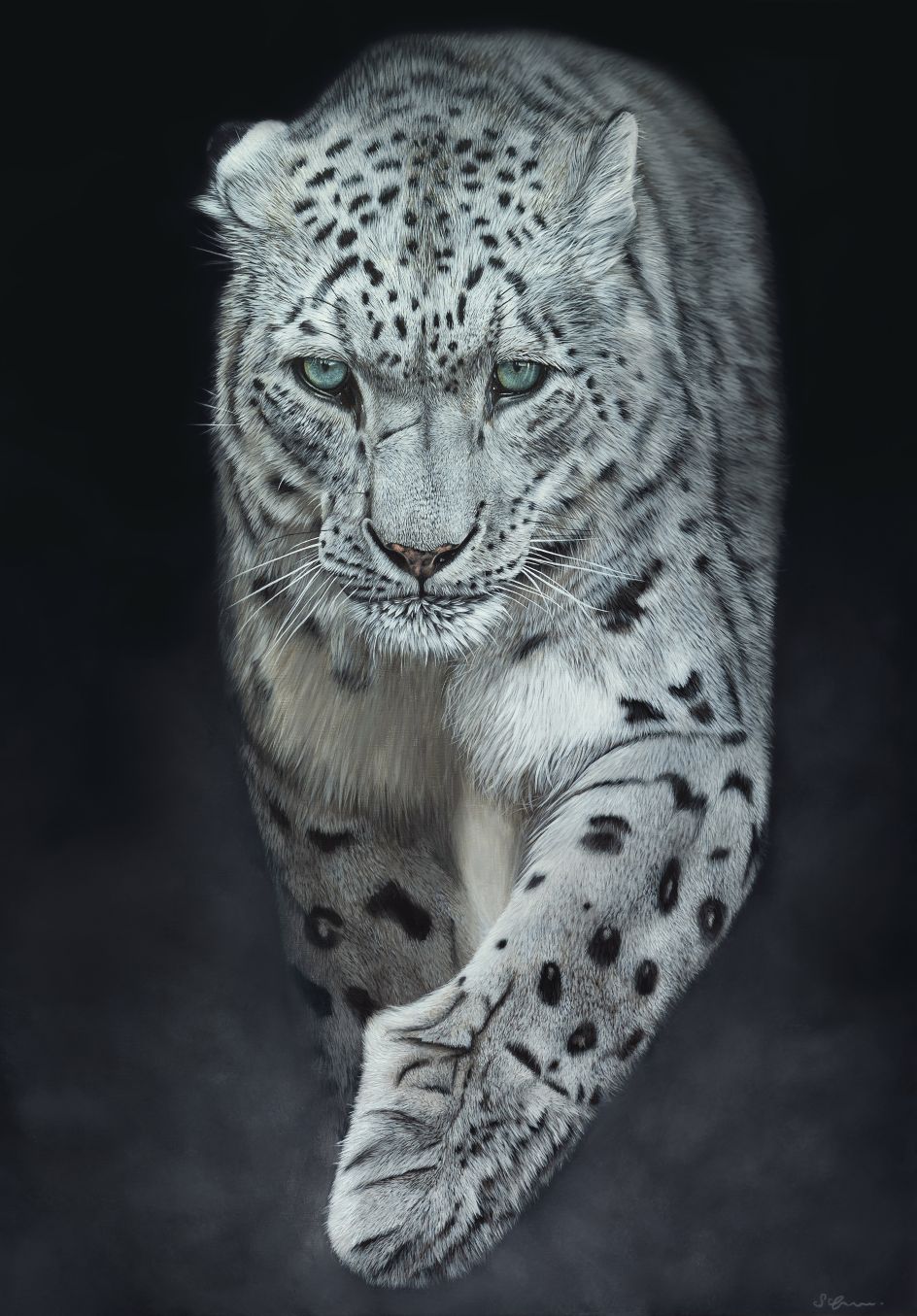
Your new collection, Commodities, looks like it will have a very different feel to your last collection, Impermanence – what excites you most about this challenge?
I think that excitement and fear are often two sides of the same coin, so we could say I'm both excited and fearful in equal measure about the challenges of this collection. My last collection, Impermanence, was a collection of high-contrast portraits on dark backgrounds. The viewer was drawn to the animal's eyes, and emotion was conveyed and elicited with a single look.
'Commodities' is a much more conceptual collection and less about connecting the viewer with the animal but accentuating a disconnect between the animal and nature. I also want to explore the concept of animals as 'commodities' and how a world in which animals are displayed on plinths like sculptures in a museum is not too far disconnected from the world we currently live in. The pieces will be set on a cold, clinical, white background, and the animals will be positioned in unconventional ways.
This is unlike anything I've ever done before, and I'm unsure if it will be well-received, but as I said before, I think that spurs me on even more!
Away from the canvas, you recently launched the Unquestionable Podcast with author Giles Paley-Phillips. Do you find projects like this help to inform or inspire your work in the studio?
I definitely think it's easy to paint yourself into a corner as a creative. If you become well-known for a certain style or subject matter and your work is selling, why deviate from that? It's tempting to just churn out pieces of art day after day without pushing yourself further, growing as a person, and exploring new avenues.
I think that, creatively, I've always had itchy fingers. I've always enjoyed learning and trying new things; photography, videography, broadcasting, producing, writing, and music. I've learned that when you refuse to 'stay in your lane' (when you veer all over the road), your life becomes so much more fun – you learn more, grow more, and meet interesting people.
Co-hosting Unquestionable has definitely been one of those things. We interview interesting, insightful people from all over the world, and I have already learnt so much. Giles and I decided early on that Unquestionable would be fun and educational; it wasn't about money or status. We genuinely just wanted to have the sort of deep and meaningful conversations you have with friends but with experts and thought leaders. Every time we record an episode, I come away with some nugget of information or a new outlook on some aspect of my life, which always reflects in my artwork.




 by Tüpokompanii](https://www.creativeboom.com/upload/articles/58/58684538770fb5b428dc1882f7a732f153500153_732.jpg)


 using <a href="https://www.ohnotype.co/fonts/obviously" target="_blank">Obviously</a> by Oh No Type Co., Art Director, Brand & Creative—Spotify](https://www.creativeboom.com/upload/articles/6e/6ed31eddc26fa563f213fc76d6993dab9231ffe4_732.jpg)








